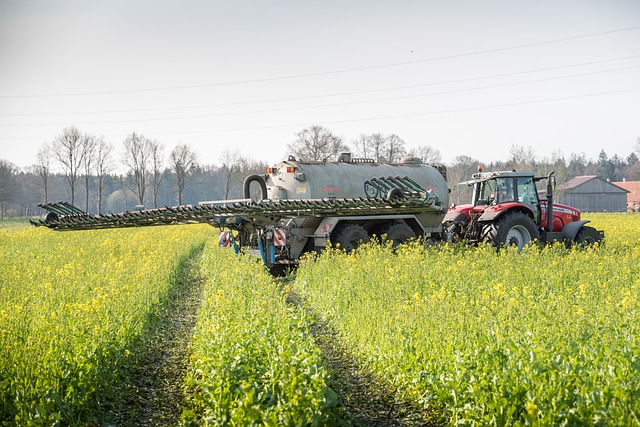Intercropping: A Climate-Smart Solution for Combating Desertification
The battle against desertification is a pressing issue that many communities face today, especially in regions heavily affected by climate change. This phenomenon not only threatens food security but also endangers livelihoods and ecosystems. An innovative technique that has emerged as a beacon of hope in this struggle is intercropping.
Imagine a bustling farm, where rows of crops are planted in strategic combinations, each species aiding its neighbors in flourishing. This ecological harmony is precisely what intercropping seeks to achieve. By growing different crops in proximity, farmers can maximize resource use, improve soil health, and create a more resilient agricultural landscape.
From an environmental standpoint, intercropping helps improve soil structure and fertility. Different plants have varying root depths and growth habits, which allows them to utilize water and nutrients more efficiently. This diversity not only prevents nutrient depletion but also reduces the need for chemical fertilizers, thereby lowering the risk of pollution. As the climate continues to challenge conventional farming practices, intercropping stands out as a sustainable method that promotes biodiversity and ecosystem stability.
Furthermore, integrating diverse crops helps combat climate change by sequestering carbon in the soil and reducing greenhouse gas emissions. The roots of various plants work in concert to build organic matter, which enhances soil carbon storage—a critical component in mitigating climate impacts. As we grapple with increasingly erratic weather patterns, implementing intercropping systems becomes essential for building resilience in agricultural practices.
The aesthetic appeal of fields with intercropped plants can also bolster community pride and motivate local involvement in sustainable practices. When communities come together to cultivate mixed cropping systems, the benefits ripple through their social fabric, fostering a connection to the land and a shared responsibility for environmental stewardship.
Despite the advantages, the transition to intercropping is not without its challenges. Farmers may encounter initial resistance due to traditional practices or concerns over crop yields. However, with education and support from agricultural organizations, the shift towards intercropping can become a feasible and rewarding endeavor. Demonstrating successful case studies can go a long way in encouraging reluctant farmers to embrace this climate-smart strategy.
In essence, intercropping offers a glimmer of hope in the face of desertification and climate change. By harmonizing agricultural practices with ecological principles, this approach not only supports the environment but also uplifts communities and ensures a sustainable future for generations to come.


